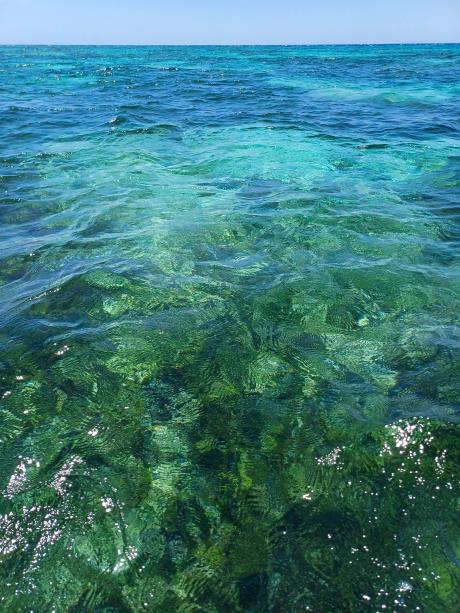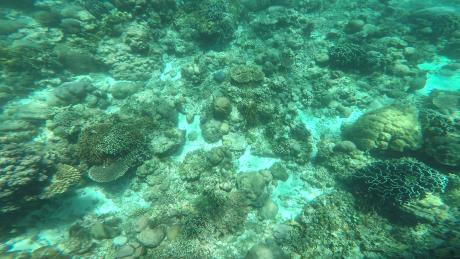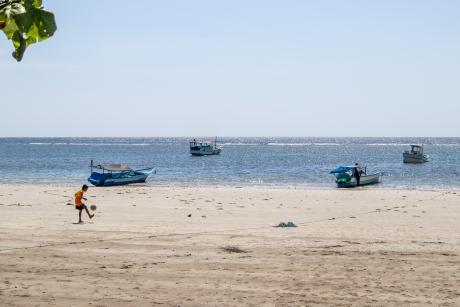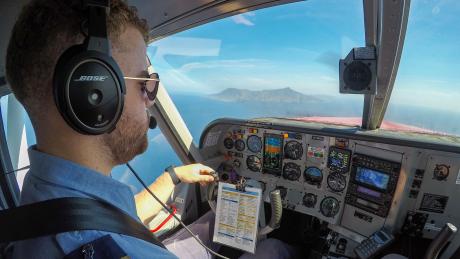
Sam Gnanadurai visited Timor-Leste with a team assessing MAF’s impact in the nation. His research took him to beautiful Atauro Island where he reflects on conversations about the potential for tourism to change lives.
Story by Sam Gnanadurai
“This place has the potential to be a Bali. It contains one of the highest number of marine species in the world,” the Australian waiting by the tuk-tuk said to me.
I had hopped off a small 8-seater MAF aircraft onto a tiny island in the Indonesian Archipelago, just off the coast of Timor-Leste.
We got into the tuk-tuk together and were taken along a dusty road into the village.
I looked around. A single old broken basketball board stood in a corner, flanked by a few dilapidated buildings. The greenery on one side of the road was covered with dust. The other side was the blue of the ocean. The tuk-tuk huffed and puffed throughout the bumpy ride.
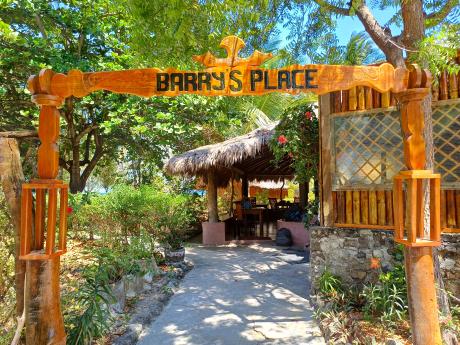
After a few minutes of travel, we entered a compound.
“A small resort,” he said.
A few tourists were having a meal. My co-passenger introduced me to his friend - apparently a volunteer helping out in one of the resorts. The volunteer called me to take a seat.
I had recently been to the popular tourism destination Bali. That was a different world. I wondered how on earth will this place become a Bali.
I sat cross-legged on the chair like only I could. He was just finishing his meal. We started chatting about tourism on this island.
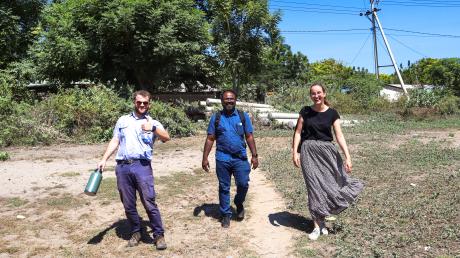
I was there with MAF’s MEAL (Monitoring, Evaluation, Accountability and Learning) team to look at the needs of the indigenous people on this remote island and of course, learn about the importance of MAF in their lives.
So, what was I doing talking to this outsider there?
“This place has live corals and some of the most beautiful marine beings in the world,” he told me. “Imagine if they could make this place an important tourist destination, the money will start coming into this country. Being so close to Australia is a big advantage. Snorkelling and scuba diving are big sports in that part of the world and where better to snorkel than a place with live corals and thousands of marine beings?”
The biggest challenge the island faces is the inability to have regular, dependable, transport services to and from the nation’s capital, Dili. The boat service could not be relied upon. Rough seas are often a dampener. Since the place is only 15 minutes from an international airport, having a small air service is an absolute game changer, he reckoned.
When I asked a few tourists if they would travel to the island if flights were not available, many of them replied in the negative.
“That was the original plan when we started the flight services to Atauro Island,” said Nick Hitchins, the MAF Country Director in Timor-Leste. “We could bring in more tourists and this could revive the sinking post-COVID economy of the place, providing hope to isolated people who have few other sources of income.”
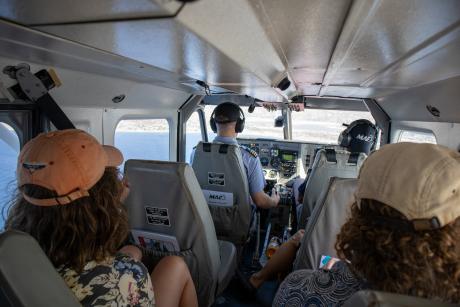
A villager told me: “Imagine, if someone stays there over the weekend, he will have to buy food from the local market, which could help the fisheries business in the village, and that could slowly help create a tourist ecosystem here.”
I talked to a few more people on that island. One of them, a tourist, had flown in on the MAF flight. He said he would end up spending a few hundred dollars there in the village.
More people - more money coming in. More money - better lives for local indigenous people.
When I asked a few tourists if they would travel to the island if flights were not available, many of them replied in the negative. It seemed like MAF flights are a key element for the building blocks of this village economy to be developed.
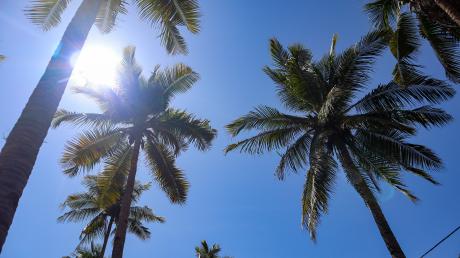
I had often asked myself why should MAF fly tourists?
I realised then, that before the large commercial entities of the world step in to establish an ecosystem of business, someone has to do the dirty job of setting up the base. Before the money starts to come in, someone has to be creating the stepping stones.
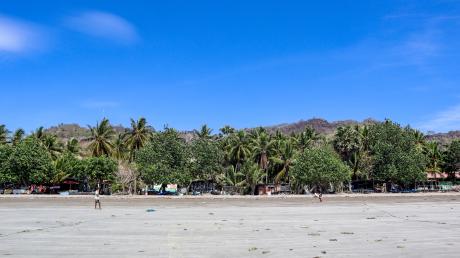
That I believe, is what MAF is doing to the Atauro Island community. Supporting local people as they work to escape abject poverty, by creating an ecosystem of tourism. One flight at a time!
